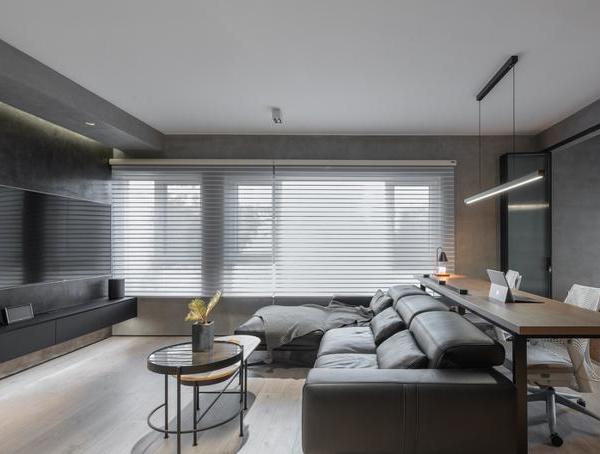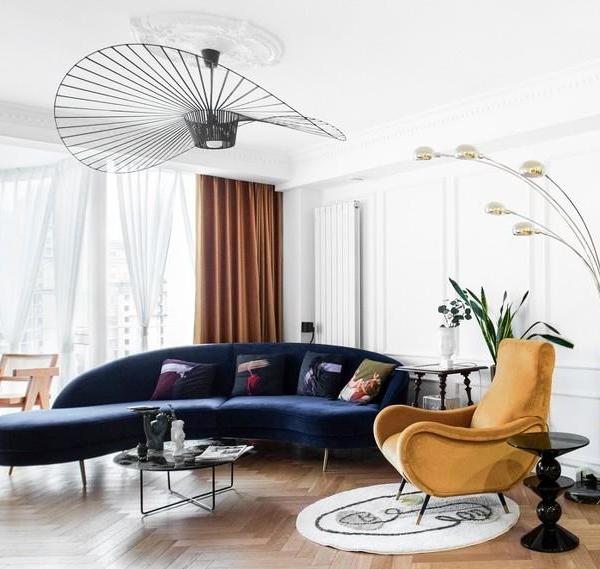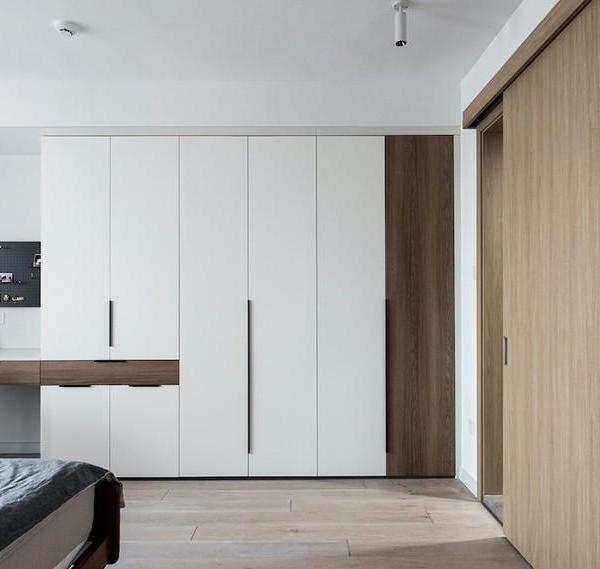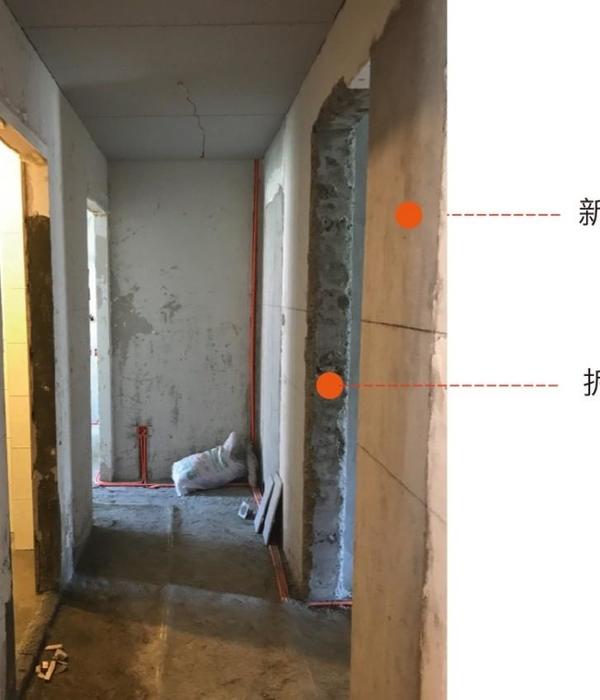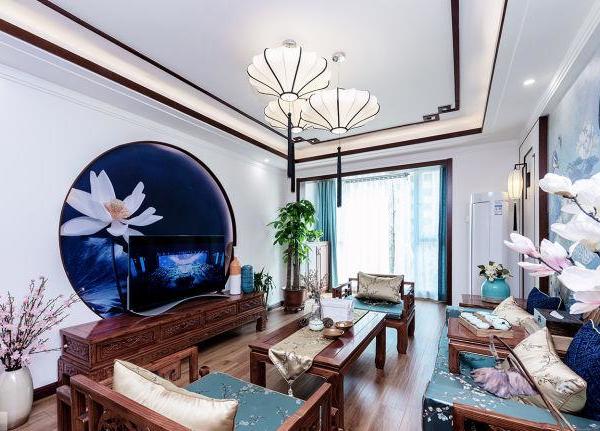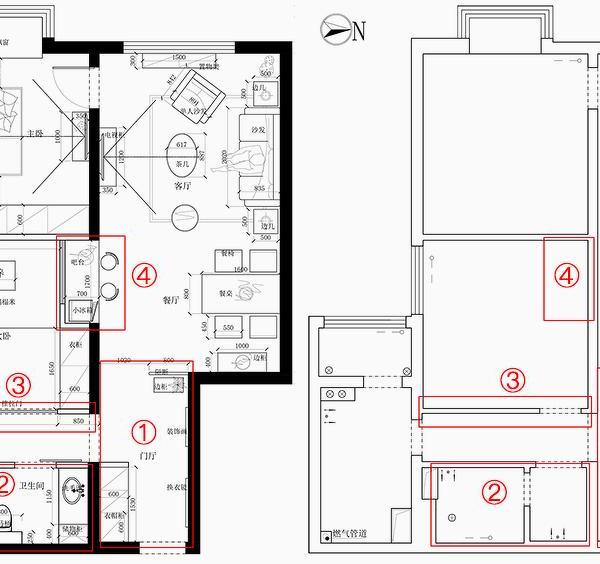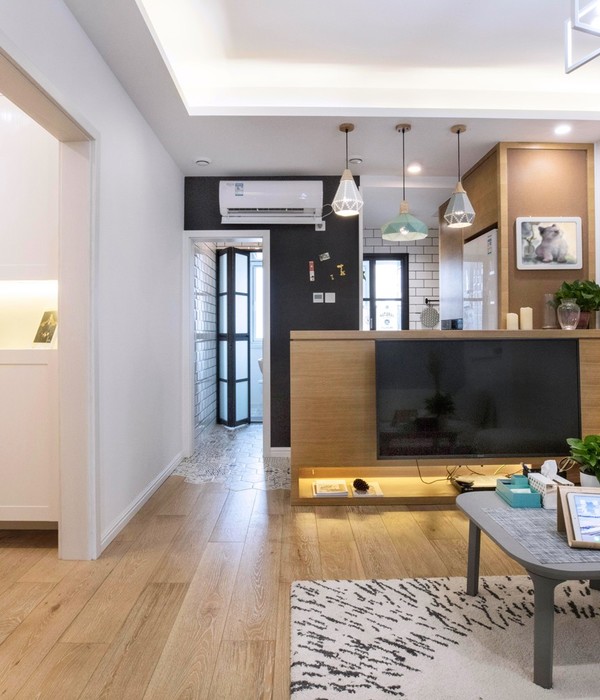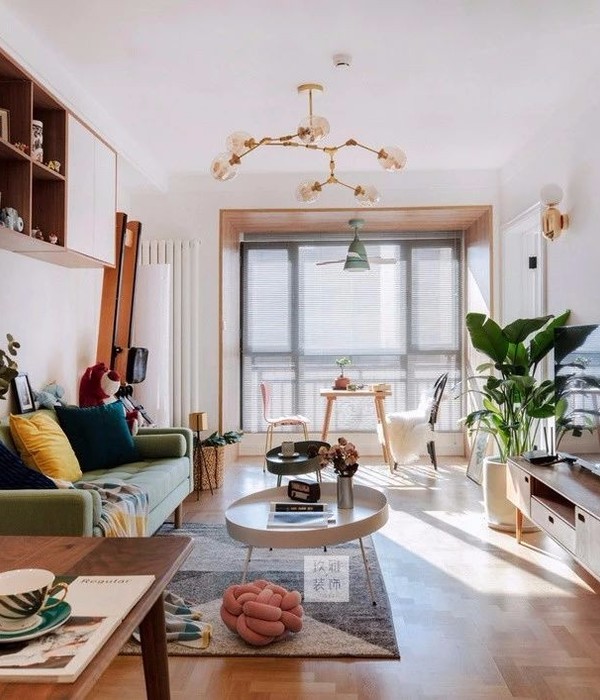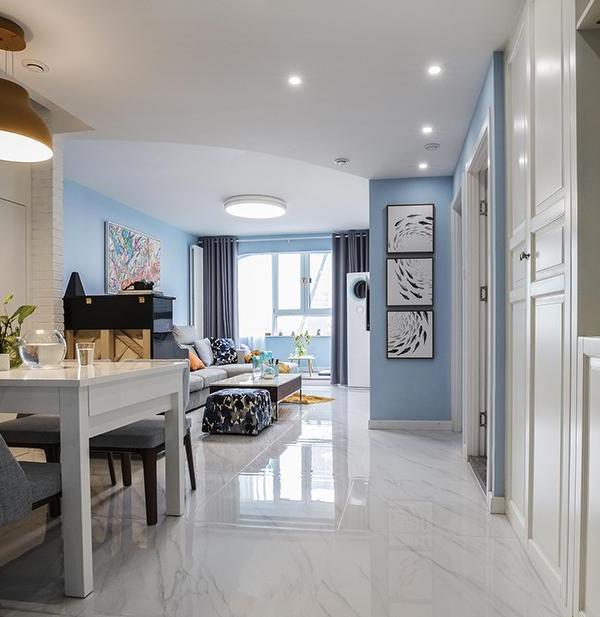这个可食用的表面是伦敦纺织品创意工作室
Pinaki Studios
和阿姆斯特丹优质巧克力工作室
Chocolátl
的合作作品。将纺织品的诸多特征比如褶皱,折痕,机理的特征融入到可以食用的巧克力之中。这件作品于2012年10月20日到2012年10月28日的荷兰设计周上展出。
食材巧克力与织物工艺的热情碰撞。
Pinaki Studios and Chocolátl present Edible Surfaces at Chocolátl (Amsterdam) during the Dutch Design Festival (20th to 28th of October 2012).
Edible surfaces is a collaboration between Pinaki Studios, a London-based creative textile studio, and Chocolátl, a retail shop and tasting space in Amsterdam that specialises in eclectic premium chocolate.
The collaboration draws inspiration from the processes of chocolate artisans and textile manipulations such as pleating, creasing and embossing. It investigates parallels in the technical methods of those crafts, as well as inventive concepts for the development of edible objects.
Edible surfaces is sponsored by Rococo Chocolates and will present the chocolate pieces alongside the textile pieces they were inspired by.
Driven by a mutual passion for chocolate, fabrics, design, craft and their intersections, Chocolátl and Pinaki Studios will be presenting Edible surfaces to coincide with the Dutch Design Week that runs between the 20th and 28th of October 2012.
Pinaki Studios is a creative textile studio run by textile artist Arantza Vilas. Based in central London, Pinaki Studios’ portfolio navigates between and around the worlds of design, art and craft.
Arantza has worked as a textile designer and artist since her graduation from Central St. Martins College of Art & Design, London, where in 2002 she was awarded her Master of Arts in Design for Textile Futures.
In her professional life thus far, she has created distinctive, multi-purpose textiles successfully marrying the worlds of art & design, research and commerce.
Some of her projects include the design and fabrication of textiles for the film version of the Phantom of the Opera or most recently Foglizzo Folds collection for Italian leather company Foglizzo Leather, window installations for B Store (Saville Row, London) or Design Centre Chelsea Harbour. Her work is been exhibited in the UK, Spain, France, Sweden, Italy and Switzerland. Her clients include established designers, high-end interior companies, trend organisations and private clients.
Chocolátl is a retail shop and a tasting space specialising in eclectic premium chocolate.
Erik Spande and Leslie Vanderleeuw are co-owners of Chocolátl. Erik has more than twenty years of experience in the food and beverage industry, and Leslie is a designer with a focus on materials for the apparel and footwear industries. Both Leslie and Erik have a passion for chocolate that led them to open their shop almost two years ago. Erik and Leslie can often be seen sharing their knowledge of the cacao industry through a variety of in-store tasting sessions as well as events such as Amsterdam’s Nuit Blanche, Slow Food and other off-site programs.
Here’s some more information from the Pinaki Studios:
Edible Surfaces/ background information
Edible surfaces is a collaboration between Pinaki Studios, a London-based creative textile studio, and Chocolátl, a retail shop and tasting space in Amsterdam that specialises in eclectic premium chocolate.
Edible Surfaces draws inspiration from the processes of chocolate artisans and textile manipulations such as pleating, creasing and embossing. It investigates parallels in the technical methods of those crafts, as well as inventive concepts for the development of edible objects.
Arantza Vilas, owner and founder of Pinaki Studios, and Leslie Vanderleeuw and Erik Spande (the partnership behind Chocolatl) coincidently met to discover a mutual passion for design, craft, food, materials and chocolate. Material exploration is common to the fields of textile development and confectionary: temperature control, moulding and chemical processes are key factors common to both.
The starting points used for the project were textile experiments on pleated silk crepe dyed with natural rust. The aesthetics of these fabrics were already suggestive of chocolate: they had the grainy qualities that some chocolates have. Different types of materials were investigated to be able to use progressively more complex forms of pleating and creasing. After an initial stage understanding the different material behaviour some of the chocolate outcomes began to inform the fabrics too: shiny and matt surfaces, subtle metallic finishing, embossing effects on leather. The result of this investigation is a collection of chocolate and fabric pieces that inform each other, that display similar aesthetic qualities but very different properties. The project is currently on a conceptual stage and in early stages of discussion with the sponsor.
MORE:
Pinaki Studios
VIDEO
Chocolátl
,更多请至:
{{item.text_origin}}


